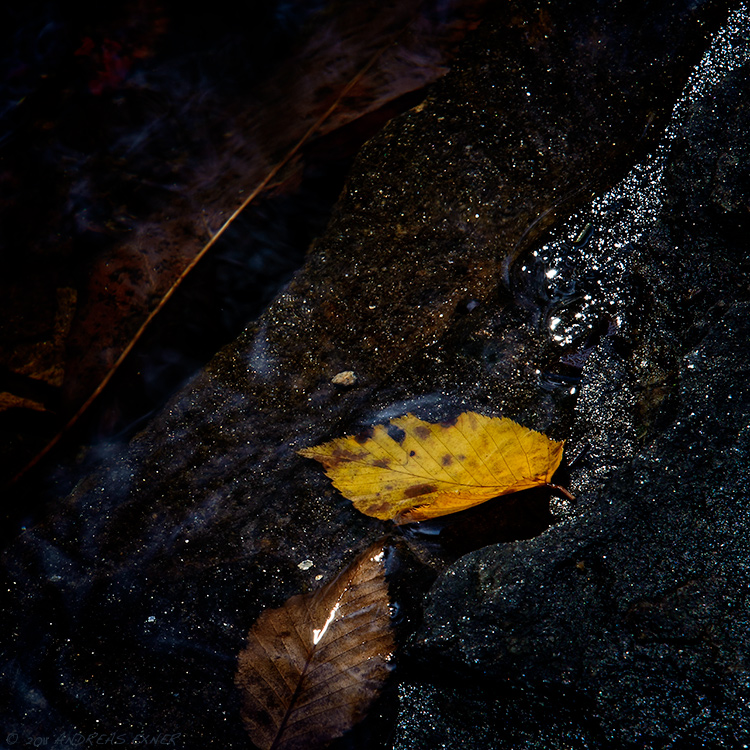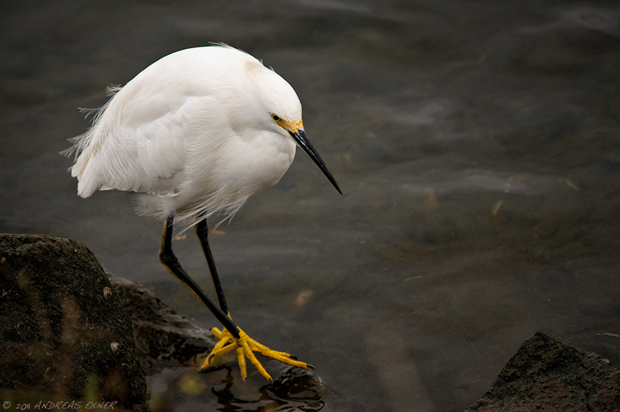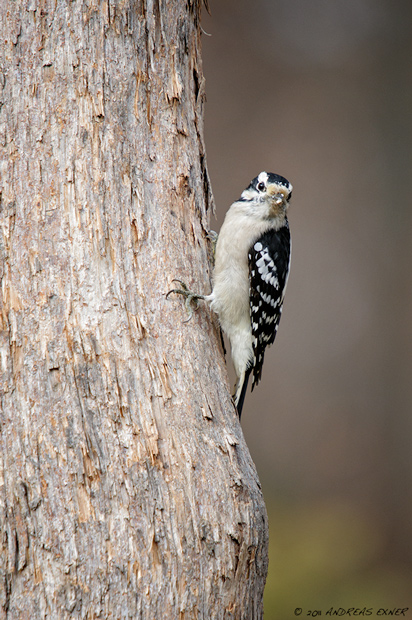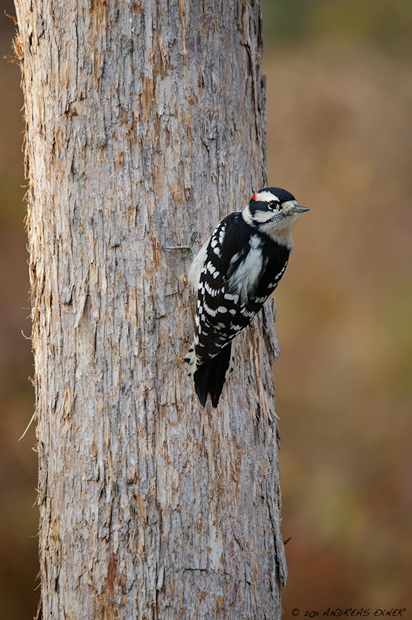One bird we enjoy having here all year long is the Eastern Goldfinch, also called American Goldfinch. It is the state bird of Iowa since 1933. They are now in their winter plumage, which makes it sometimes a little harder to distinguish the males from the females. Today was the first day this week with some sunlight coming through the clouds. In addition we had a hint of snow on the ground from last night and that improved the light even a little more. I thought I can try it without the help of a speed light. At ISO 200 exposure was between 1/60 s and 1/90 s and that was not easy to handle with the lens zoomed to 500 mm. The birds jumped around very fast and I really missed getting a tack sharp shot today. Why do I show this photo anyway? Because I like the pose of the goldfinch and the overall light on it. It bothers me that the image is not sharp but tomorrow is another day and I may try it again… Enjoy the rest of your weekend!















